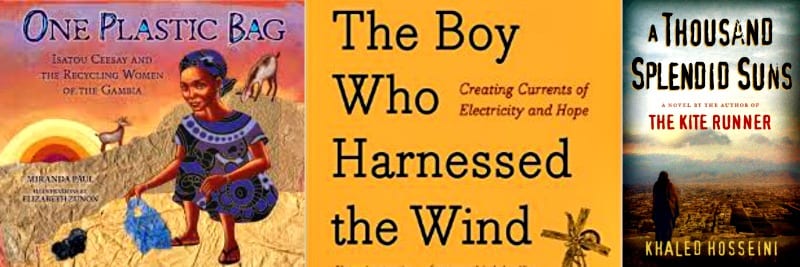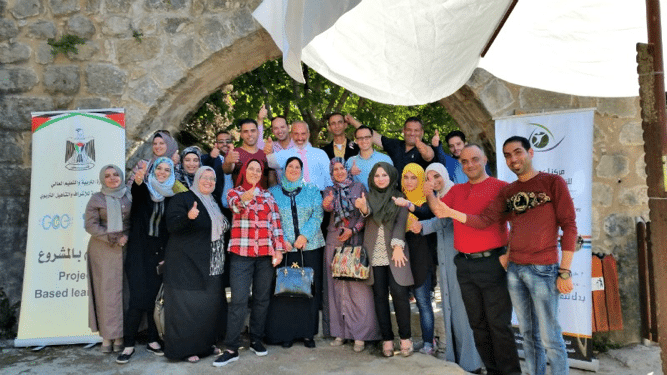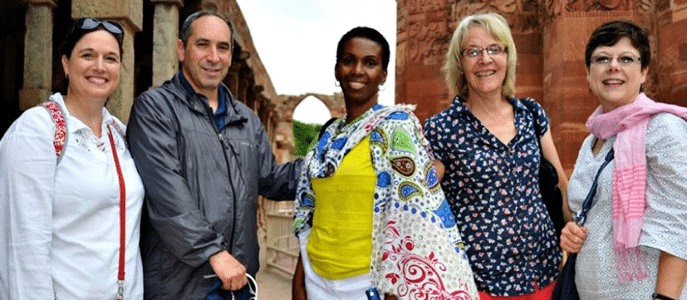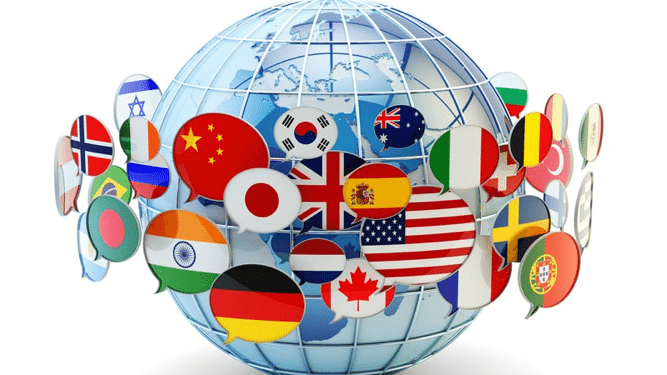One of the most valuable lessons students can learn these days is how to understand and appreciate perspectives other than their own.
This is the belief that Jill Pavich, a veteran teacher, shares with hundreds of thousands of educators all over the world. She’s a huge advocate of encouraging global perspective in schools, and she’s been writing about it for years on her blog, The Global Pen.
“In an increasingly globalized society, it’s crucial that our learners understand the world around them,” Pavich says. “Those students across the pond are their future co-workers as much as they are their competition. There’s a need for them to know why we each believe the things we do, and what about our environment shapes those beliefs.”
This school of thought—globalization in education—isn’t new. In fact, there are a lot of programs and opportunities to help teachers bring global perspective into their own communities. Just take a look at how you can make your classroom a more diverse and global-friendly place.
1. Bring in global stories.
Books are an excellent way to introduce your students to other perspectives they might not be familiar with. For younger students, look at this excellent list of picture books divided by continent. For high school students, check out this GoodReads list that includes books like I Am Malala, A Thousand Splendid Suns, and A Long Way Gone: Memoirs of a Boy Soldier. One of Pavich’s favorite books to use with students is William Kamkwamba’s The Boy Who Harnessed the Wind.
“He tells his tory of bringing hope in the form of wind and power to his impoverished village in Malawi, Africa,” she says. “With no money to afford an education, Kamkwamba embodies the force of true grit and a growth mindset as he persisted to solve the problem of his community.”

2. Expand your lessons to include global perspectives.
One of the easiest ways to expand your lessons is to look for textbooks that specifically feature global perspectives. Textbooks are evolving, and many are now including a global perspective as part of the curriculum. One way to find such a textbook is to look at the authors listed—writers from multiple countries may mean that the information is going to have a broader reach overall.
This might include comparing global environmental issues in science class with another country. It could also include looking at social media trends for different cultures as part of Spanish, French, or German class.

3. Get involved in a global project.
If you haven’t heard of iEARN, then now is the time. It’s an incredible resource for teachers who want to connect with other educators and classrooms around the world. You can search for projects to get involved in by age, grade level, country, language and subject. For instance, you can opt to do a cultural package exchange where two schools from two different countries exchange a box of cultural items.

4. Bring your own travel experiences into the classroom.
If you’ve had the opportunity to travel the globe, then use yourself as a resource! Just think about the experiences you have had and the lessons you’ve learned while traveling. Share your photos, stories, and souvenirs with your students to help them understand the world is so much bigger than your classroom.
Better yet, plan a trip for your students! Traveling overseas is one of the coolest and most influential experiences you can give to your students. It can be a wonderful opportunity to practice a foreign language, too! Check out CHA Educational Tours, which was founded by two foreign language teachers, to learn more about some of the great places you could go.

5. Connect with other global educators online.
“You can follow whoever you want on Twitter and reach right out to them,” Pavich says. “For instance, if students are studying science or current events, they can track what people say on Twitter by following hashtags. So if a medical professional in Brazil tweets something about something you’re studying, you can reach out to that person with your questions.” Your class can also make global connections, of course, via Facebook, YouTube, and other social media sites.

6. Apply for the Teacher for Global Classrooms program.
Emily Lester is a former teacher and the program officer for Teachers for Global Classrooms, a year-long program for teachers to become leaders in global education. She says this is an excellent opportunity for teachers who want to bring a global perspective to their classroom and community.
“A lot of teachers don’t even realize these programs exist,” Lester says. “We are a federally funded program that focuses on both education and action. It’s great if you can understand the world around you and communicate effectively, but then we also encourage teachers to come up with solutions that can work across cultures, boundaries, and communities.”
You can apply to this program starting in December (for the class of 2017-18). If accepted, you’ll get an online education, a trip overseas to work with a teacher from another culture, and a symposium in Washington, DC.

7. Connect with classrooms overseas.
Pen pal programs are still popular in this day and age. They’ve just been updated to include some cool technology perks like instant messaging and video chats. One of the best options out there is called Pen Pal Schools, where you can connect your students with others from all around the world.
Encourage your students to practice language through programs like this, and then go a step further. Have them ask other students about their culture—how they celebrate birthdays, holidays, or even just what a regular day of school looks like. They will learn so much through this valuable face-to-face and written contact.

